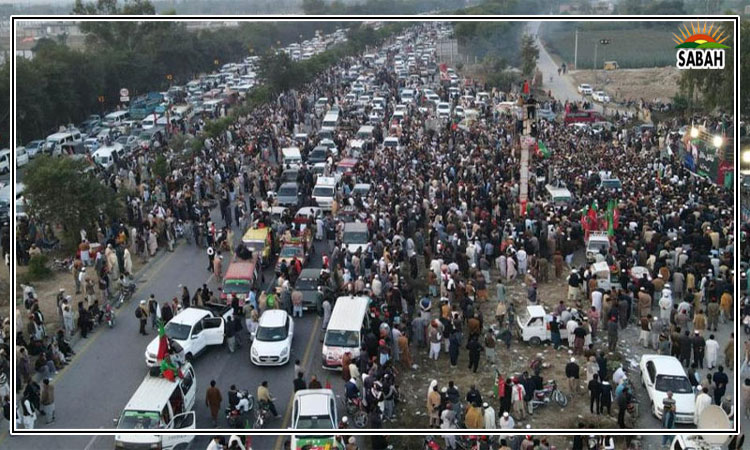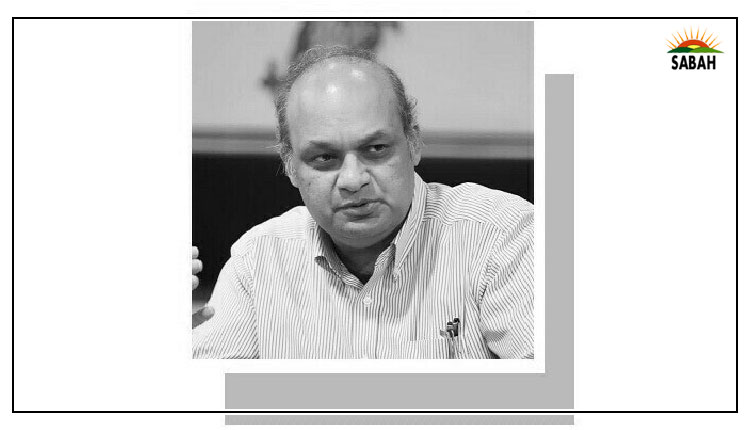Support for boys…Faisal Bari
NO, the article is not about the boys often referred to in Pakistan. It is actually about schooling and the need to think about the support that boys also need in schools.
We still have a significant gender gap in enrolments in schools in Pakistan, and it persists across the primary, middle, secondary and higher-secondary levels. According to the Pakistan Education Statistics 2021-22 report released by the Pakistan Institute of Education recently, gross enrolment rates (GER) are 82 per cent for boys and 71pc for girls at the primary level. There is significant provincial variation as well.
The above are overall national level numbers. At the middle level, GER drops to 53pc for boys and 48pc for girls. At the secondary level, the statistics are 44pc and 39pc respectively, and at the higher secondary level it drops to 22pc for boys and 21pc for girls. This is cross-section data but one can say that out of 100 boys, 82 begin school but only 22 remain by the time they reach Grade 12. For every 100 girls, 71 begin school but only 21 are still there by the time they reach Grade 12.
These numbers are terrible. Yes, there has been some progress over the years, but it has been glacial and despite the promise of Article 25A (right to education) that was added to the Constitution through the 18th Amendment in April 2010, we still have not achieved universal enrolments for schooling, and 26 million-odd children of school-going age remain out of school. More damningly, we have not even reached universal enrolment or completion at the primary level this is after more than 75 years of being an independent country.
For many low-income homes keeping a male child in school has a significant opportunity cost.
But the numbers tell other stories as well. Our dropout rates are very high as children go through the schooling stages. If we want to ensure all children get 10 to 12 years of education, we have to reduce the dropout rates. The other fact to note is that though more boys enter primary schools than girls (82pc and 71pc respectively), around an equal percentage is left in schools by the time they reach higher secondary levels (22pc boys and 21pc girls). Which means that, over the years, a higher percentage of boys (60pc) drop out than girls (50pc). This is an important policy issue to debate. Why do so many children drop out and why is the dropout percentage higher for boys than it is for girls?
A friend, who has been working in a large non-profit for education services for the last couple of decades, told me that their organisation was quite concerned about the issue. Their information, coming from teachers, principals and coordinators working with children in schools, was that as boys grow and this is especially true for low-income households expectations from them change quickly and peer and societal pressures mount. The pressure from low-income households is to withdraw them from education to either join vocational training programmes that would take children to income-generating activities quickly or to directly enter the job market at times with just primary-level education.
There are pressures on girls too of course. Puberty, early marriage, safety and the distance to school are all causes of dropping out. The pressures are different for boys, and have to do mostly with work opportunities and the need to earn.
As we have educated more and more children, the returns on education have also moved up and are now only available post-Grade 12 or graduation. When we had fewer educated people some decades ago, a person could sometimes get a job with decent pay even after matriculation. Now the same happens usually post-graduation. But for many low-income households keeping a male child in school or college for this long has a significant opportunity cost. And some households cannot afford to have sons not contributing to household incomes for long after children are in their teens. If parents feel that even after 12 or 14 years of education, decently paying jobs are hard to come by, they will take children out of schools much earlier. For boys, such pressures are very real.
We also do a poor job of providing support to our children as they go through adolescence. Boys undergo several changes during adolescence but we do not have any educational or counselling programmes in place that can help them. Nor do many schools have any academic counselling programmes. So, children have to really fend for themselves. Children from low-income households fare poorly here too. They do not have much support from their households, and if they do not get support from schools either, they find themselves at the mercy of misinformation and disinformation.
The teaching profession is increasingly inducting more females as well. Some provincial governments even have policies to hire only female teachers at the primary level. The private sector has mostly female teachers. For example, TCF only hires female teachers. It might need specific training and gender sensitisation for teachers to be able to understand boys and address some of their concerns.
In our society, boys interact with society more than girls. For many girls, the daily routine revolves around school and home. For boys, peer groups are more important as after school hours they usually have more freedom to go out and interact with friends. This interaction can be positive but can also set off peer pressure dynamics. In many societies, these are linked to delinquency, drug use and even violence. It underscores the need for counselling programmes for boys.
The gender gap, though narrowing, still exists and requires attention. Given the social returns of educating girls, their education should be of central focus. But we are also seeing trends where too many boys are dropping out of school and too early. Boys face different dynamics and pressures, compared to girls in our society. We need to have some policy and programming consideration through our education system for supporting boys as well.
The writer is a senior research fellow at the Institute of Development and Economic Alternatives, and an associate professor of economics at Lums.
Courtesy Dawn












